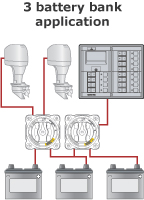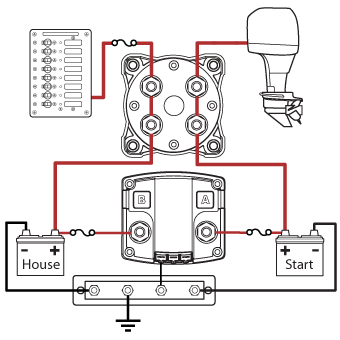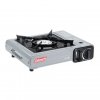Trophy21
Crew Member
I want to wire in a second house battery to run a 2000w inverter and 12v fridge in my cuddy. I thought I would run the second battery in parallel through a battery switch to my house battery, so I could isolate the second house battery when on the hook. I would then run the fridge through a switch so I could turn it on or off the 12v system. The inverter would run a one cup coffee maker. The idea would be I could isolate the second house battery as well as have the charging system charge it while running or hooked to shore power. The question is would this be a good way to do this or is there a better way? Any conserns with running the batteries in parallel?
Thanks in advance for any advise.
Thanks in advance for any advise.







